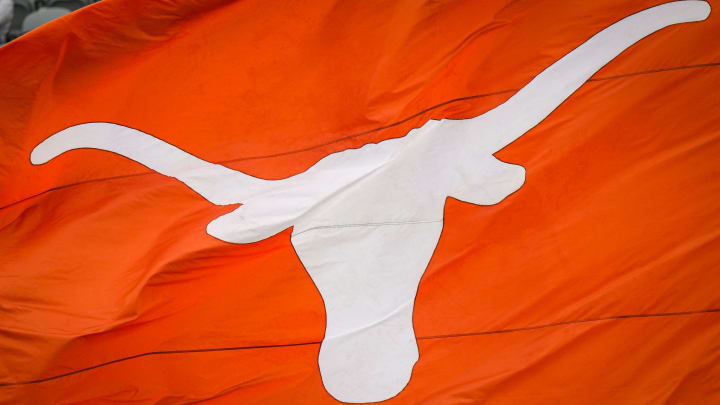NIL Having Major Impact Not Only on Players, But Stadiums and Facilities

The landscape of collegiate sports forever changed in 2021 when the new NIL policies were put into place. A form of free agency was created, as players were able to cash in on their name, image and likeness, earning some income.
When players are being recruited by schools, they are now looking to maximize their earnings. Finding money for student-athletes to earn through NIL deals is a challenge in itself, but the age of NIL has also created other obstacles to overcome for schools.
Not only do universities and colleges have to keep up with NIL collectives, but there is pressure on the athletic departments and training staff to have up-to-date stadiums and facilities for the players to use.
Sean Plunkett, Principal of the sports team national architecture firm PBK, believes that with NIL opportunities and quality of facility go hand in hand. Universities need to ensure they have a design that will set them apart from other schools.
In Plunkett’s opinion, a priority for administrations across the country is to amplify the offerings in different areas. For example, upgrading the centers and facilities for sports medicine, nutrition and training.
Despite not being professionals, that level of quality is becoming the expectation for athletes when they are deciding where they want to continue their collegiate playing careers. If a school is committed to providing such amenities, they will have a leg up on the competition in Plunkett’s estimation.
Where PBK comes in is optimizing that potential for the schools. There are specific designs that can be created to set them apart, improving the experience of the athletes and in turn increasing the likelihood that they will commit to the program and not look to transfer elsewhere.
Some major programs, such as the Texas Longhorns have worked with PBK to improve their facilities. The field at Darrell K. Royal Texas Memorial Stadium was renovated under the watchful eye of PBK.
The Texas A&M Aggies redid the Davis Player Development Center. The redevelopment was led by PBK. A modernized area is a big draw when hosting recruits while providing athletes a place to refuel after a long day’s work.
At Cal Poly Tech, the San Luis Obispo Tennis Clubhouse is being being built. Billed as a clubhouse and hospitality center, it will become the focal point of recruiting trips while offering an improved experience for fans and guests during matches.
